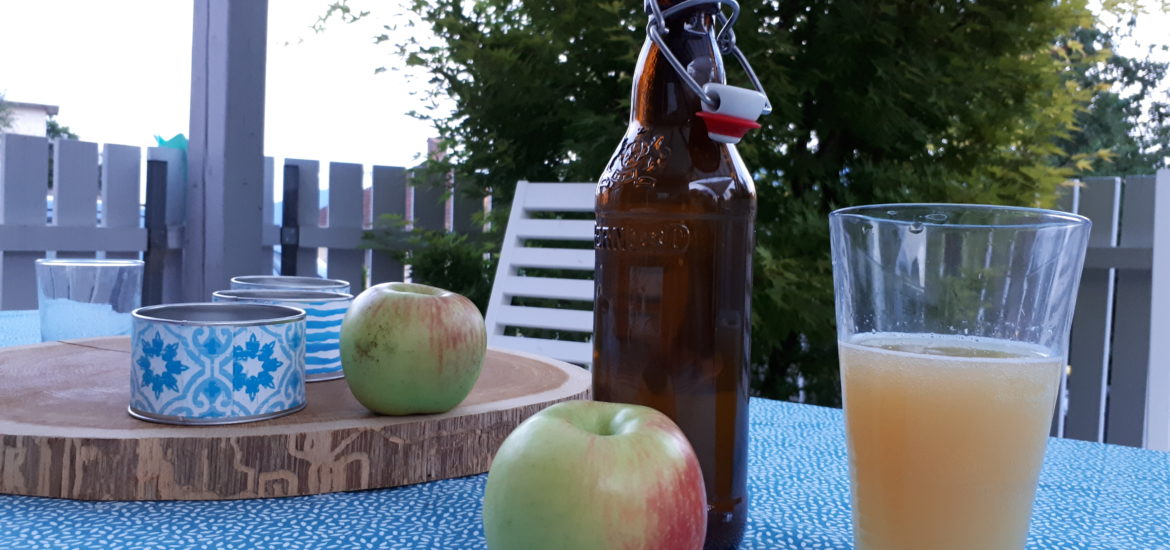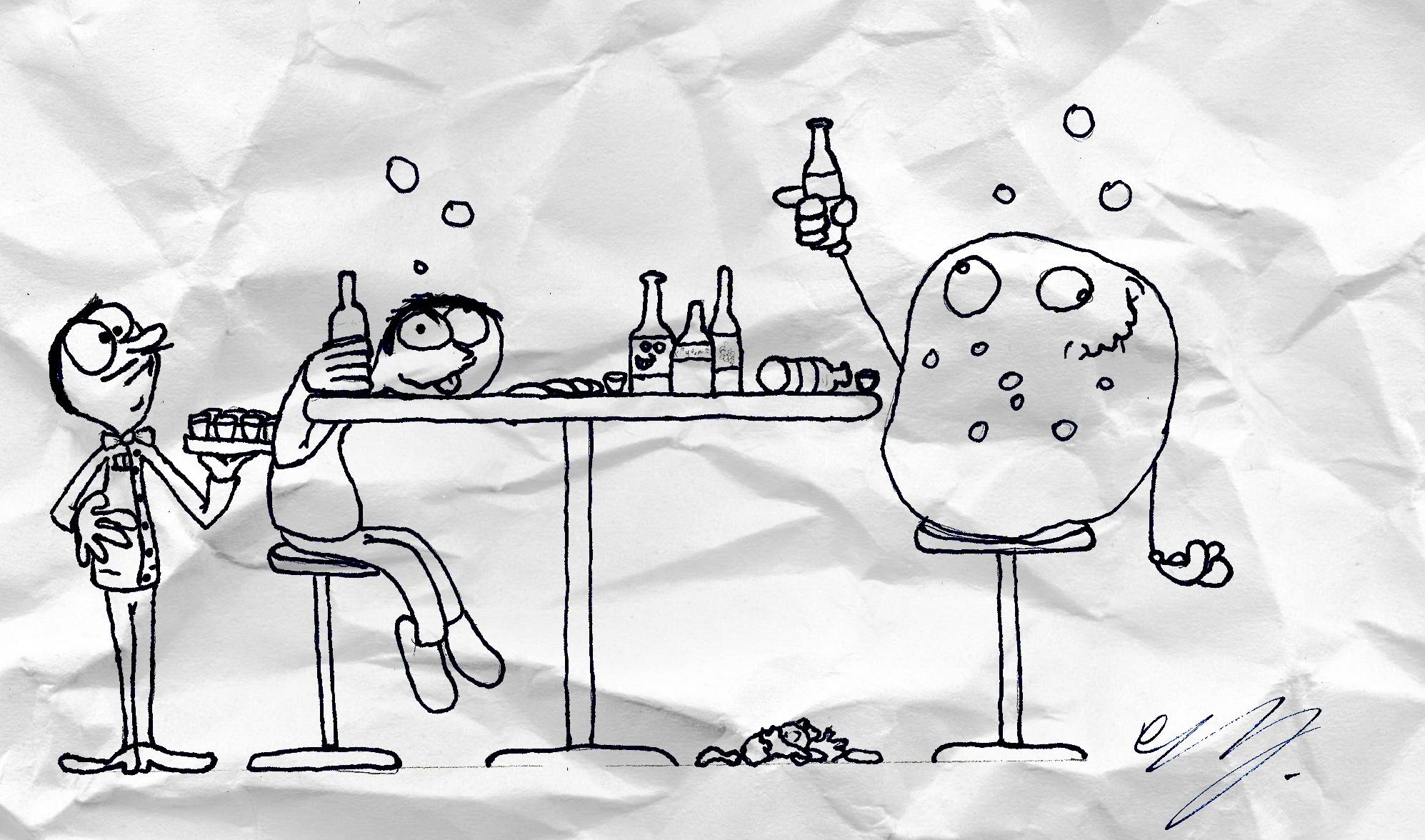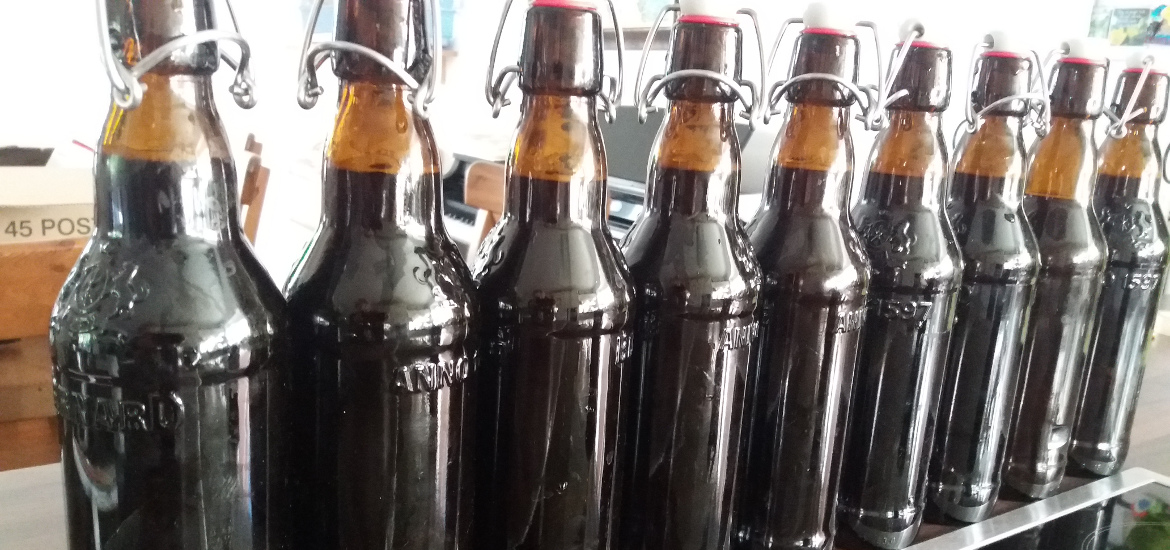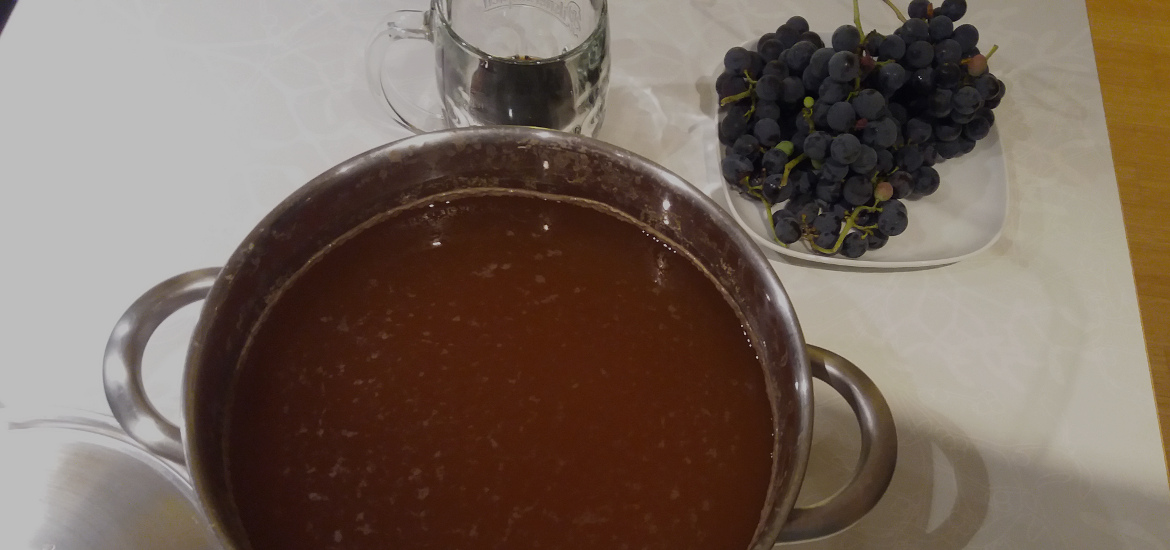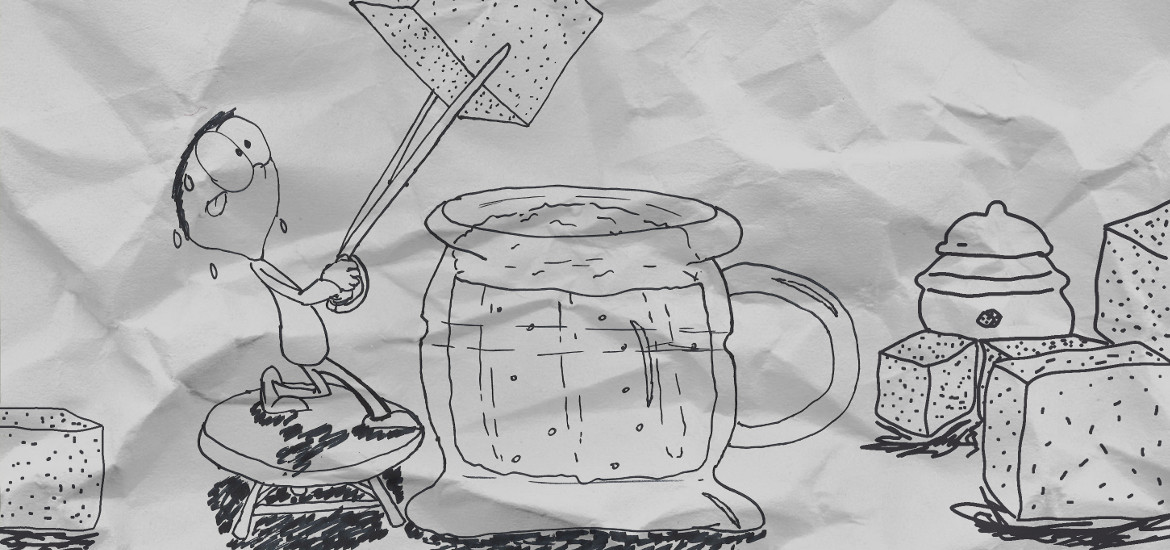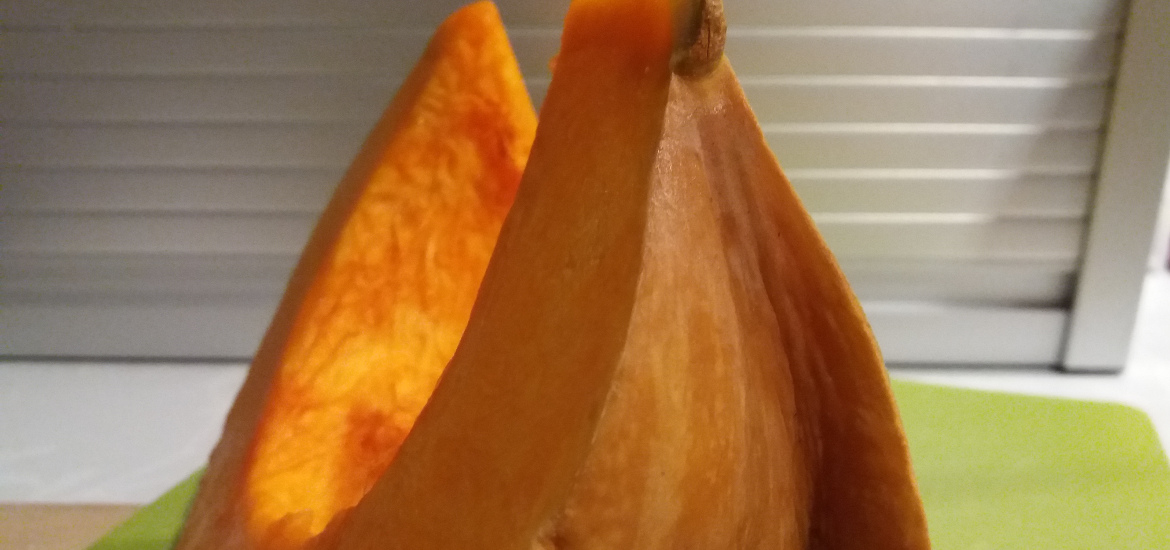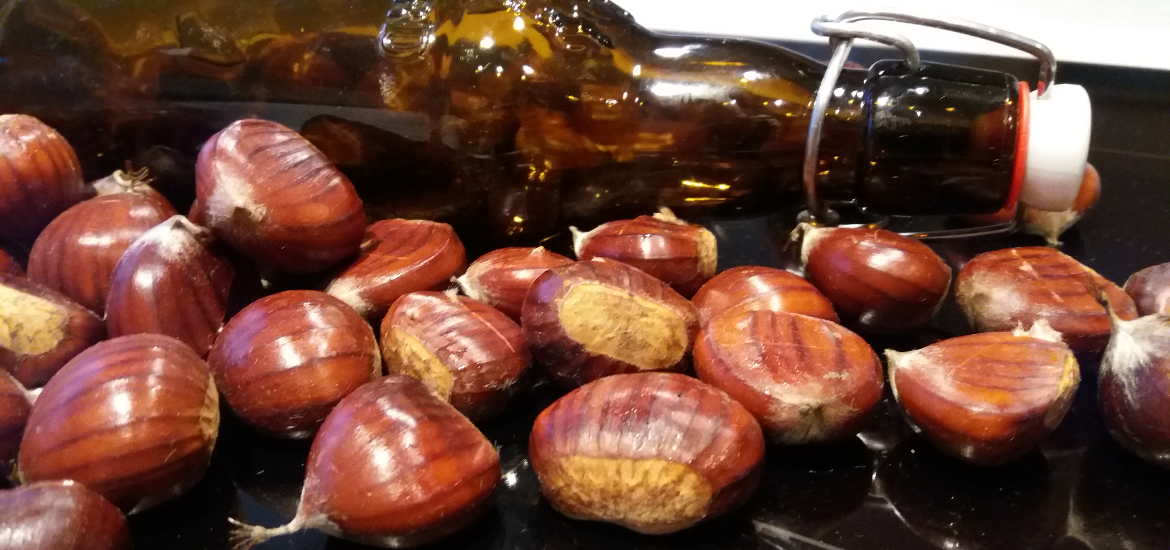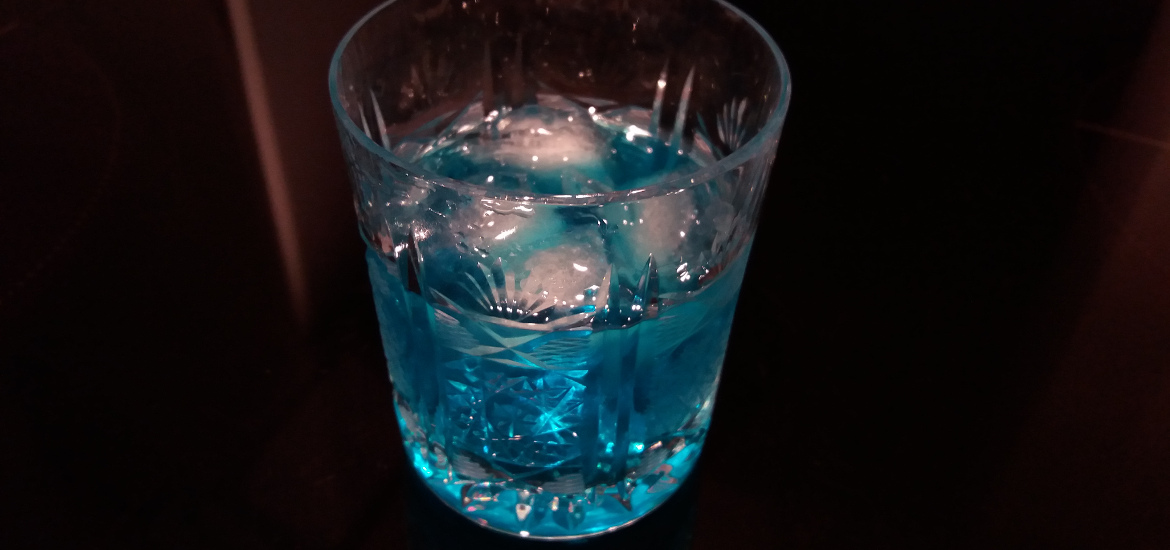A quick cider brewing overview
My experience with cider came relatively late, decades after I started drinking beer. Actually, I never associated beer with cider, the later was – for me – a refreshing drink in the summer, while beer was an alcoholic drink.
Make no mistake – you still get intoxicated from cider, but sweet apple taste does not signal incoming alcohol haze so much as a bitter hoppy taste of beer. Surely, cider taste can vary widely, from completely sweet to fully dry with a strong aftertaste of mold, but that apply taste just keeps fooling you with its innocence.
From beer brewing to cider brewing
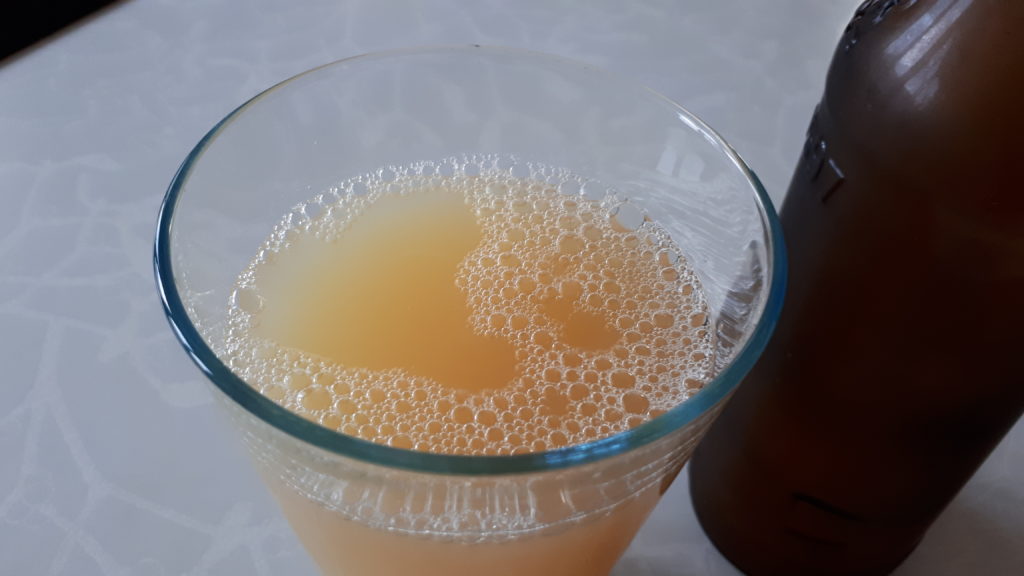
From all the experience with beer brewing, I assumed cider brewing will not be too complicated. If anything, it should be easier – just take the apples, squeeze out the juice and let it ferment to cider.
First thing was, naturally, consulting the internet. There are some really good recipes and advice, particularly this one. This one provides a more scientific explanation with lots of proposed additives. I must stress that apart from pH adjusting I am not a believer in fine-tuning the brewing process.
Afterall, variety is the spice of life, and some should be present also in the brewing process and final product. Especially homemade product – that gives them that certain charm over mass-produced ones. Bottom line, the internet references confirmed my line of reasoning regarding the brewing process.
Experimenting with cider brewing
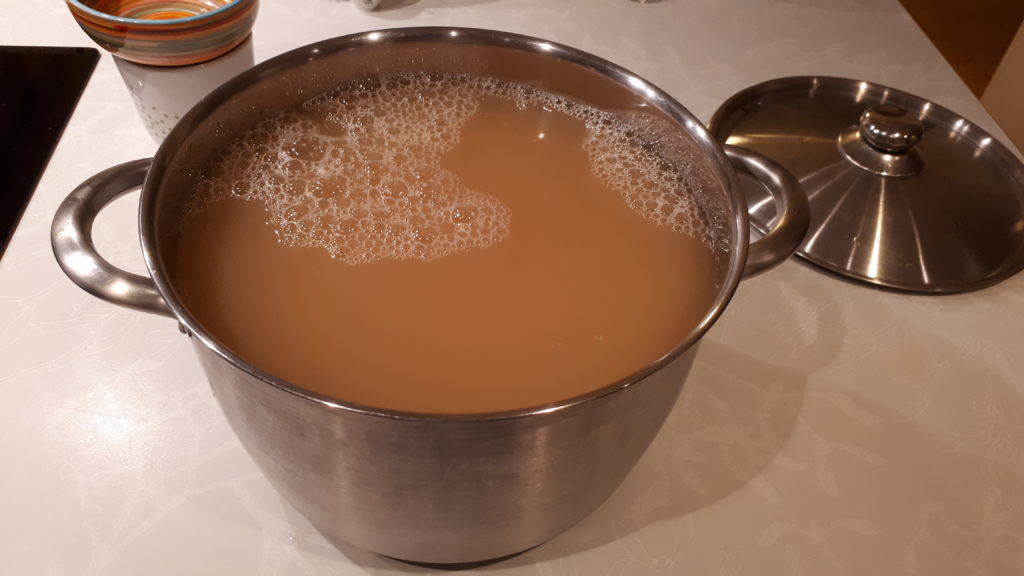
Some experimenting was therefore in order. Since it was spring, apples were not in abundance and I decided to take the easy road. Apple juice can be readily bought, the only thing to watch out for are preservatives. If the juice contains preservatives, the fermentation will definitely not go as planned.
Pasteurized juice is ideal for cider brewing since it does not contain any bacteria and it is free of preservatives, which could interfere with the brewing process. Also, watch out for juice made from the concentrate. In general it tends to be of lower quality and can have added sugar. Or it can be really diluted (usually this is called nectar) and therefore have less taste and fermentable sugars.
Cider brewing – my first try
I chosed 4 liters of pasteurized, 100% apple juice, freshly pressed, for my first try. The only thing added to the juice was ascorbic acid (vitamin C) to prevent oxidation (browning) of the juice. The juice was cloudy and had a pH of 3.7 – what was within the acceptable range (3.6-4.2). Then I simply mixed the juice with hydrated yeast used for beer brewing and waited for 12 days.
Theoretically, my cyder would contain around 5% alcohol. From the labeling, the juice contained 11.5% carbohydrates, of this 10.3% simple sugars, which amounts to around 5% alcohol. For the interested, there is a nice article about calculating and understanding the relationship between sugars and alcohol.
During the cider brewing, the smell was much stronger compared to brewing beer. But far from unpleasant – just standard brewing smell of yeast and fresh acidity. After the brewing was done, the cider was lightly primed (3 g sucrose per liter) and bottled. More details about priming can be found in this article.
The cider was still unclear and completely cloudy when it was filled into bottles. There was also less sediment compared to beer brewing, therefore I could fill 3.5 liters into bottles, much better yield than with beer brewing. Finally, the cider was allowed to mature in the bottles for 10 days, before the first tasting was in order.
First tasting (after 10 days)…
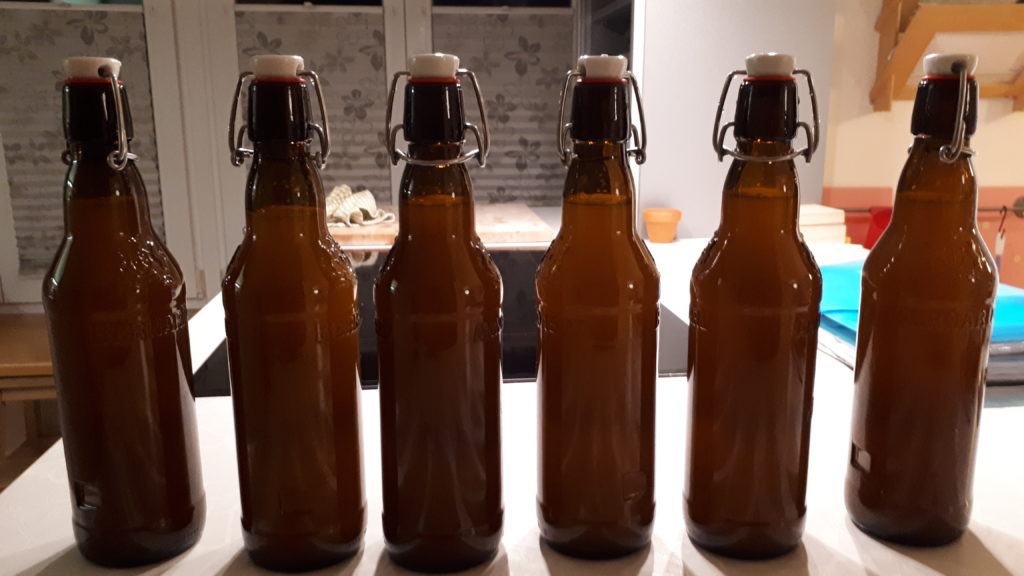
The cider was still completely cloudy, with no foam or sediment. Definitely longer maturing in bottles was needed. The taste was acceptable, dry, with a note of yeast, but there was also room for improvement.
Second tasting, third tasting…
Next testing point was after 22 days of maturing in bottles. There were more bubbles, but still not enough. The yeasty taste was gone and only a slight taste of cider remained. Definitely, the cider improved, but it still needed more time. Five weeks after bottling the situation was not much different: little foam, no yeast taste, and subtle cider taste. Definitely drinkable but with a lot left to be desired. From this point on little changed. At eight and twelve weeks the taste was still flat, only subtly cider-ish with little bubbles.
Final conclusion
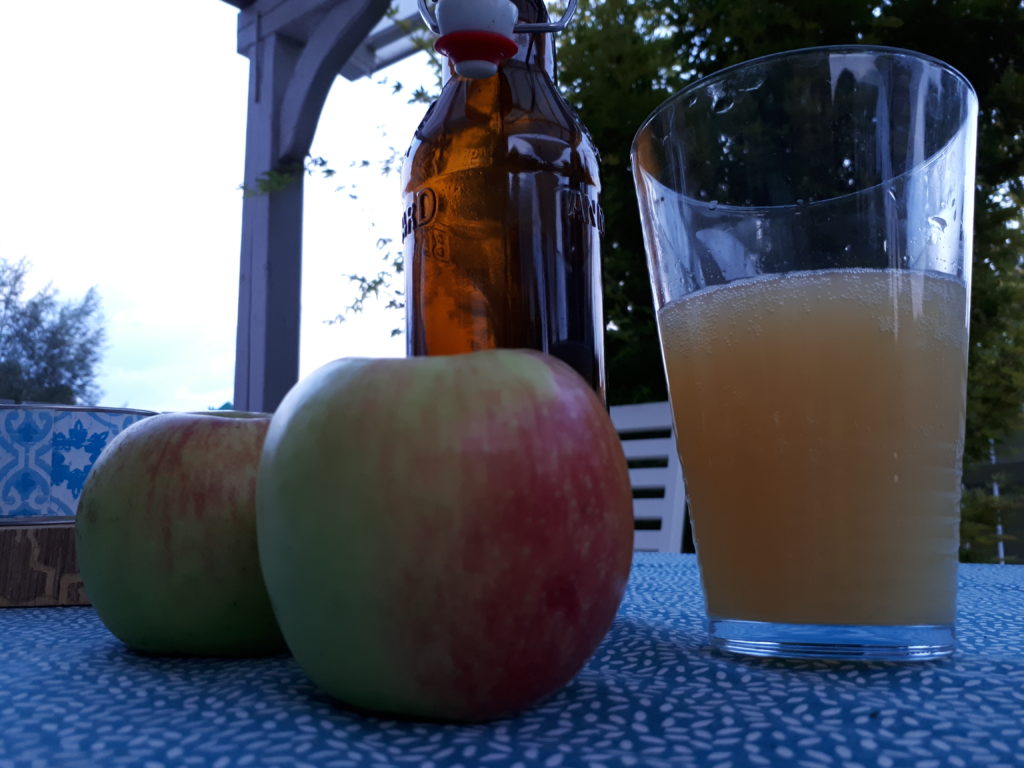
Apparently, this was as good as it could get. Not bad for the first try, but a long way from the real thing. I believe the starting juice can be the reason for lack of taste. During the processing in the plant a majority of substances, which contribute to the taste and cannot be fermented by the bacteria, are probably removed. What remains are simple sugar molecules which are fermented into alcohol and thus leaving no taste. Using directly squeezed, unprocessed juice would probably result in much better taste.
